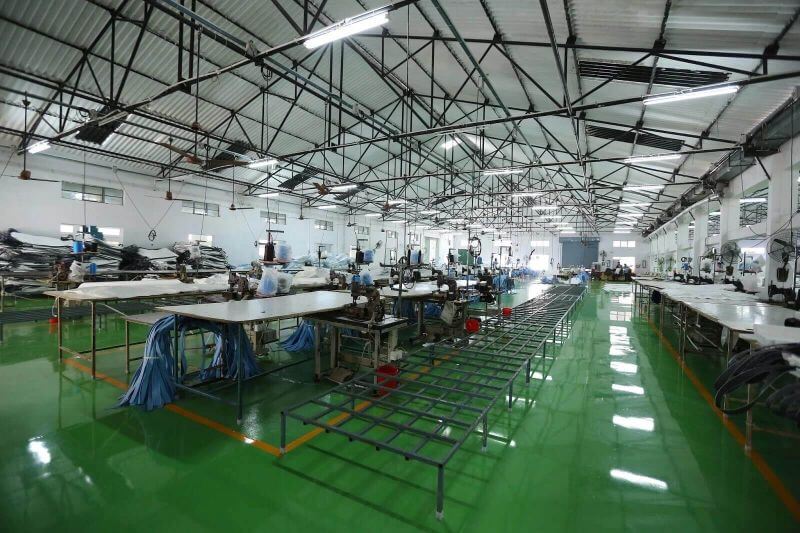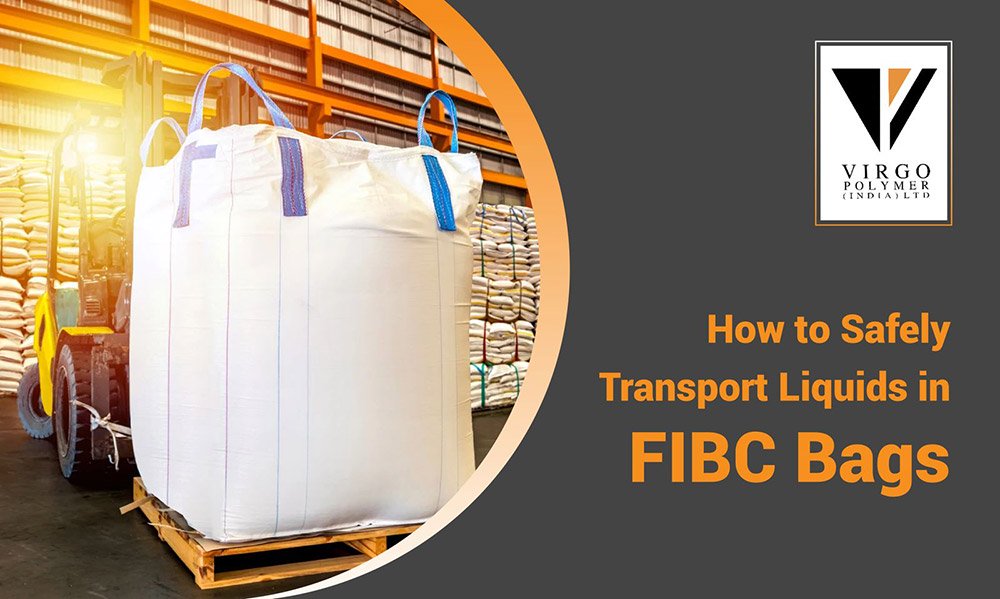



Transporting liquids in Flexible Intermediate Bulk Containers (FIBC), also known as jumbo bags, is an efficient and cost-effective solution for many industries. However, it requires careful handling and specific considerations to ensure safety and maintain the integrity of the liquids being transported. This blog will guide you through the essential steps to safely transport liquids in FIBC bags.
Choosing the Right FIBC Bag
The first step in safely transporting liquids in FIBC bags is selecting the appropriate type of bag. Standard FIBC bags are typically designed for dry goods, so you'll need a specialized FIBC designed for liquid containment. These bags often feature an inner liner made of polyethene or polypropylene that provides a liquid-tight barrier. The liner should be thick and durable enough to withstand the weight and pressure of the liquid.
Ensuring Proper Filling
Proper filling of the FIBC bag is crucial to prevent leaks and spills. Here are some key points to consider:
Use a Filling Frame: A filling frame or support structure can help maintain the shape of the bag during filling, ensuring even distribution of the liquid.
Avoid Overfilling: Overfilling can cause the bag to burst or the liner to fail. Follow the manufacturer's guidelines on maximum fill levels.
Sealing the Bag: After filling, securely seal the liner to prevent leaks. Some liners come with heat-sealable openings, while others may use secure tie-off methods.
Handling and Transportation
Once the FIBC bag is filled, handling and transportation require careful attention to prevent accidents. Follow these guidelines:
Use Appropriate Equipment: Forklifts or pallet jacks should be used to move the filled FIBC bags. Ensure the equipment is rated for the weight of the filled bags.
Avoid Dropping or Dragging: Dropping or dragging the bags can damage the liner and cause leaks. Always lift and place the bags gently.
Stability During Transport: Secure the bags properly on transport vehicles to prevent shifting or tipping during transit. Use straps or netting if necessary to keep the bags stable.
Storage Considerations
If the liquid-filled FIBC bags need to be stored before or after transportation, ensure the storage area is suitable:
Temperature Control: Some liquids may require specific temperature conditions to maintain their integrity. Ensure the storage area meets these requirements.
Avoiding Contamination: Store the bags in a clean, dry area to prevent contamination from external sources.
Regular Inspections
Regular inspections of the FIBC bags during transport and storage are essential. Check for signs of leaks, damage to the liner, or any weakening of the bag structure. Promptly address any issues to prevent spills and ensure the safety of the transported liquid.
Transporting liquids in FIBC bags can be safe and efficient with the right precautions. By choosing the appropriate bag, ensuring proper filling and handling, and maintaining suitable storage conditions, you can minimize risks and ensure the safe delivery of your liquid products. Always follow the manufacturer’s guidelines and industry best practices to achieve the best results.
At Virgo Polymers, we have the expertise to assist you with all aspects of FIBC bags, from finding the ideal liner to exploring storage options and applications. As one of the leading manufacturers of FIBC bags, we provide a diverse selection of bags designed for efficient material storage and transportation.
Call +91 90030 48815 to know more or email us at info@virgopolymer.com
